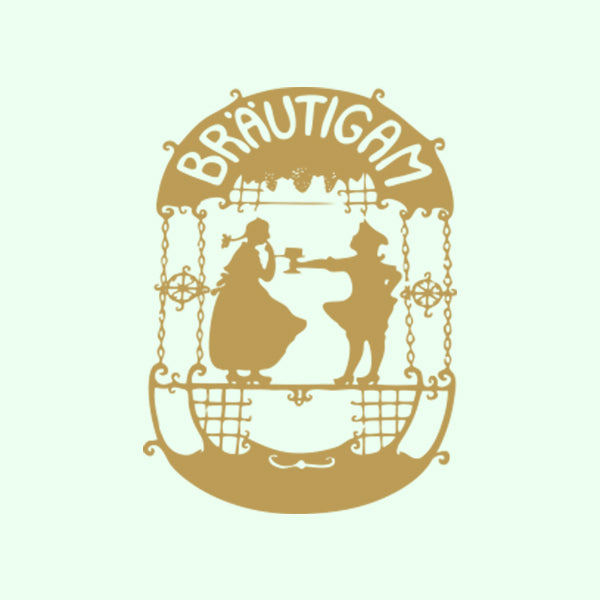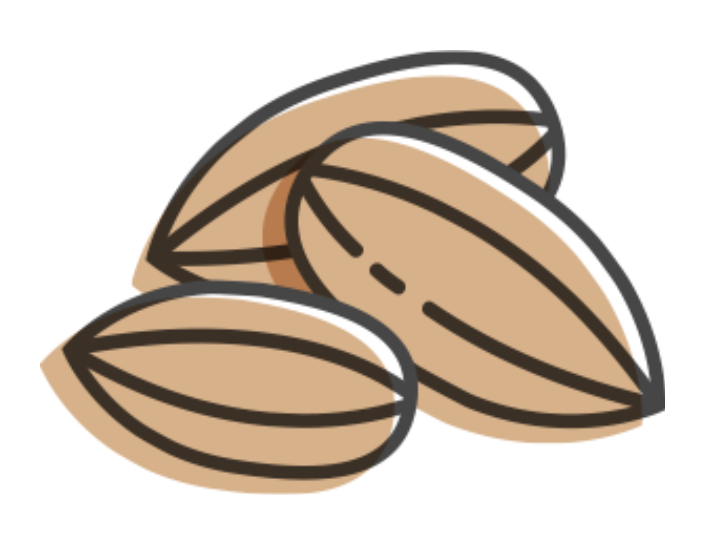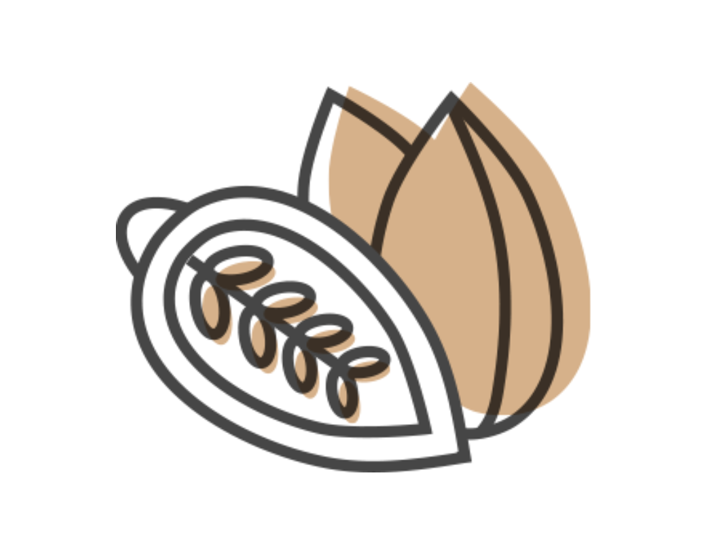About us
In 1870, Emil Bräutigam started the company Bräutigams. Emil was born in 1837 and came from the small town of Sömmerda in the province of Thuringia in Germany. Already as a seven-year-old, in 1845, he started working in a small bakery in the city. He had long working days – sometimes working from two in the morning until late at night. As a seventeen-year-old, Emil took the journeyman's test. As he had a great interest in the pastry profession, he then volunteered to learn from a prominent pastry chef for a year and a half. This cost him 100 Prussian thalers (which were the remains of his fathers inheritance). He then worked at various caramel factories and patisseries throughout Germany. After working in Hamburg, he received an offer of employment as foreman at C. Nissen's candy factory in Gothenburg in 1867.
Emil moved to Sweden and Gothenburg and met his future wife there the following year. In 1870, as it says in the biography, he became "his own" and started Bräutigam's marzipan and caramel factory on Skolgatan in the Haga district. It started with five bowls of sugar that he boiled into caramel and sold. With the money he earned, he bought raw materials for new candies and sold them as well. Soon Bräutigams became known for its high quality and the business got bigger and moved on. Trädgårdsgatan was the first stop and therefore the company moved on to Vallgatan and finally, in 1898, to Östra Hamngatan 37.
In 1905, the son Carl Bräutigam took over a well-established patisserie with many employees and a large clientele. Carl continued in Emil's spirit and further developed the company. The Gustaf Adolfsbakelsen known today was first made in 1905 by Carl in memory of the death of Gustav II Adolf, the founder of the city of Gothenburg. In 1911, the company became the royal court supplier of a German spit cake. For over 50 years, Bräutigams supplied this spit cake to the court. In 1916, Skandia's department store was purchased on the other side of the street at the address Östra Hamngatan 50B. For two years, the property was rebuilt to house the patisserie business.
Carl G Bräutigam had the privilege of taking over a patisserie in 1933, aged only 25, which was widely famous for its marzipan, cakes and pastries. Some telling figures about production in 1936 show that 8,000 Gustaf Adolfsbakelser were produced in one day. They ran out of 200 sticks of butter and 65 bales of almonds in one year. Carl ran the company successfully for 40 years.
The fourth generation, Jan Bräutigam, took over the patisserie business in 1973. After training and work experience at, among others, Niederegger in Germany, he was ready to take over the company. Jan introduced self-service and made renovations in the business floor. Right from the start this proved to be very successful and the company flourished until 1988 when Bräutigams began to feel that the center was depopulated during the day. Parking spaces were removed outside the cafe, causing cake sales to drop drastically. For five years, the company struggled with ever-worsening sales, and despite restructuring and rationalization, they failed to reverse the negative trend. The decision was made to close down the café and instead it was chosen to rent out the premises, which Bräutigams had at their disposal, to the Irish music pub The Dubliner.
After the closure of the patisserie business in 1993, today the fifth generation Peter Bräutigam carries on the traditions with the production of marzipan, chocolate and ice cream. Peter, who is trained in the pastry business and schooled in Switzerland, is today in charge of the production together with his son Emil. Manufacturing takes place in Fjärås, which is located approximately four miles south of Gothenburg. Today, just over 150 years since the company was founded, Bräutigams still operates according to the motto "only the best for the customer".




